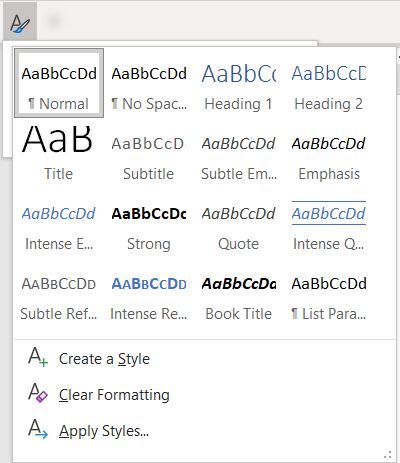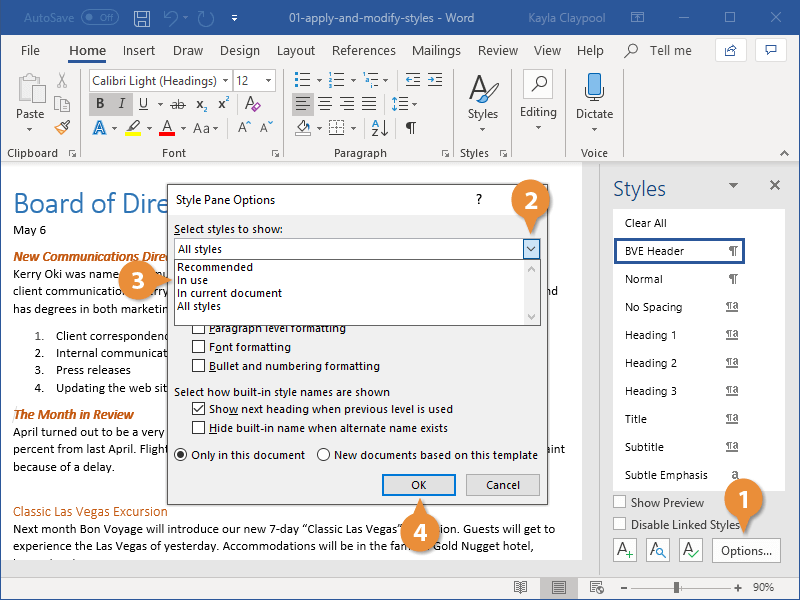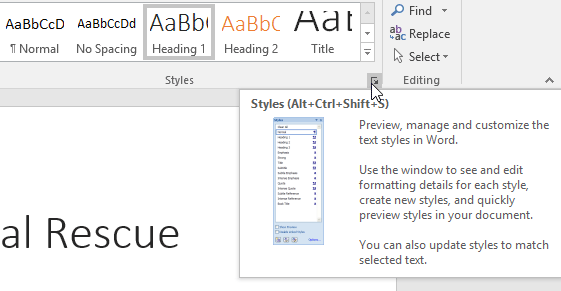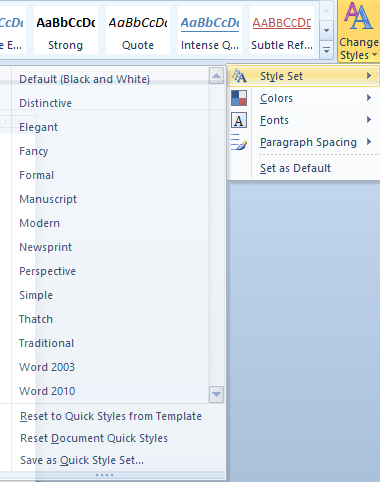


Older generations of those in the type industry still use “typeface” when referring to font families, while newer type designers are fine with calling everything “fonts”.Īs with many other writings on the subject, this can be best related to songs in an album. The consensus is that it only matters to people of certain generations.

There is a growing belief, even in the circle of type professionals, that the terms can be used interchangeably. Given that the allure of the classic printing press appeals to fewer and fewer people, will differentiating typeface from font matter now? End users will more often look at a typeface and/or its fonts and find out if they need the whole typeface, or if a single font from the set would be enough to cater to their needs. There are no hard and steadfast rules to font names, as many type foundries will come up with their own branding method to target their intended market.
Name typeface – optical size – weight – style (Times Display Roman). Name typeface – width – weight – style (Times New Roman Condensed Bold Italic). Name typeface – width (Times New Roman Condensed). Name typeface – effect (Times Modern Swash). Name typeface – weight – style (Times New Roman Bold Italic). Name typeface – style (Times New Roman Italic). Name typeface – weight (Times New Roman Bold). The below example is from the Times New Roman typeface and some of its named fonts: These attributes are combined, and there are no general rules to how many attributes can be used to name a specific kind of font.ĭifferent attributes are combined and often result in these conventions. Font styles are generally named and categorized according to weights, widths, styles, optical sizes, effects, etc. There are instances when what should be called a typeface is named “font families” instead. It’s all about the looks, not the technicalities.įonts have grown far beyond their original definition in typography. Whether it be a business letter, a birthday card, an email signature, or even logos for personal use, the font has been the embraced term for the letters. The regular end users or consumers only care for what the letters will look like when creating their files. From the programmers who made the word processors and the typographers who create these letters on computer screens, they are working on typefaces. Pulling up any word processor and the program has dropdown lists for fonts, their sizes, weights and, styles. Process and output were merged when technology has presented mastery of computing. They became computer codes that can be altered by the user to a desired size or weight. Printing was no longer exclusive to a profession with the advent of machines that can be set up at the comfort of one’s home.įonts are no longer imprinted on paper using thousands of tiny metal blocks. There was little need to differentiate the mechanic from the end result when desktop publishing became widely available. One typeface can have several fonts based on the intended final product that the printing press needs to meet. With that being said, Medium Times New Roman 12-point is a different font from Bold Times New Roman 24-point. These refer to the size, style and, weight of the typeface to be used to get certain effects out of print. Fonts are used to describe the subsets of the typeface. Taking the example from the previous paragraph, Times New Roman is the typeface: this covers all of the metal blocks the printers will use that share the same basic design aspects. Where do typeface and font come to the scene then? 
12-point, 14-point, 22 point and, so on) and weight (light, medium, bold). If you are to print in Times New Roman, you’ll have to have different blocks for every size (e.g. These characters set out in relief were called type faces. Making a page required these tiny metal blocks by the thousands – each with the letter it was supposed to show. These letters were loaded in ink and were pressed onto clean paper surfaces this was part of the page layout process. Pages were painstakingly set out in frames with metal letters during the days of analog printing. But looking at it from the technical side of things will point out a few differences.








 0 kommentar(er)
0 kommentar(er)
